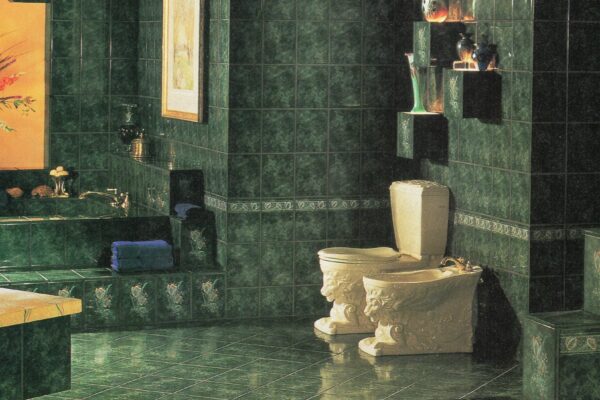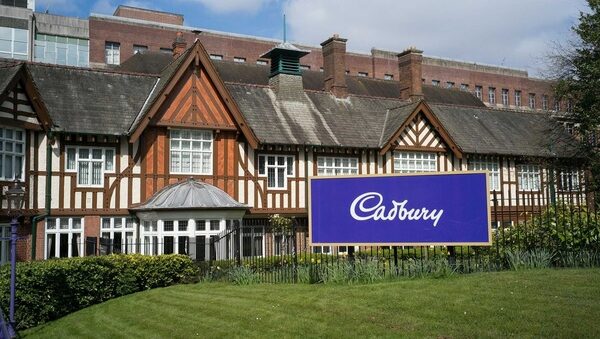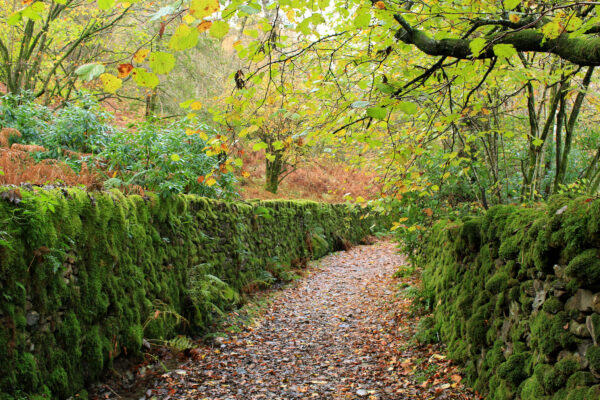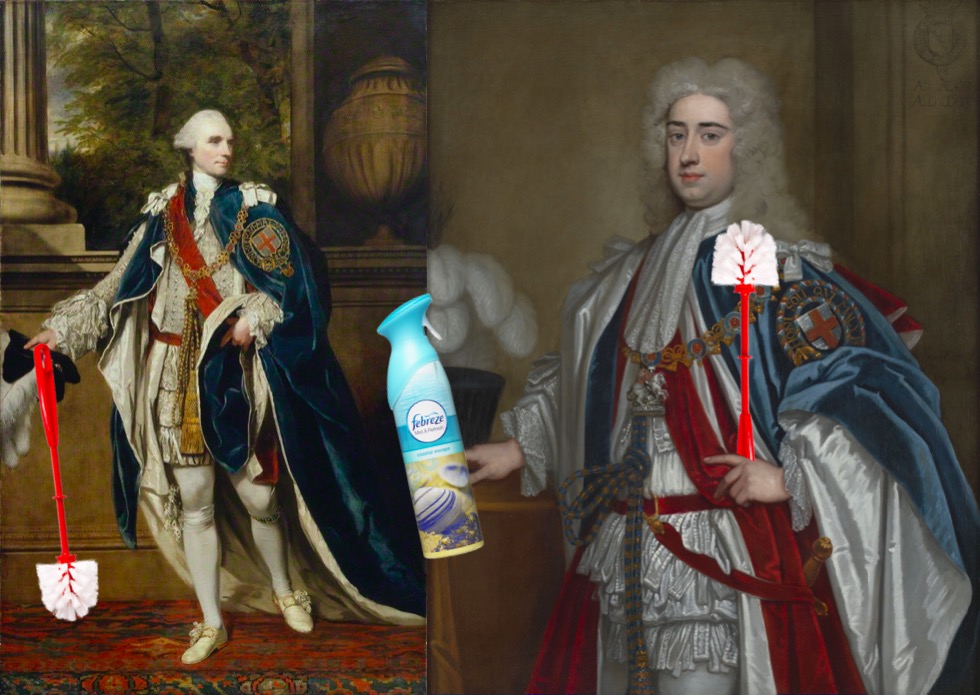
Those precious moments of alone time in the bathroom are priceless to many of us, and yet strangely enough, it was one of the few luxuries the King and Queen of England could not afford. Until as recently as the 20th century, the British monarchy appointed what was known as the “Groom of the Stool”, a courtier responsible for assisting them in the performance of “bodily functions of excretion and ablution”. And this wasn’t the role of any ordinary household servant. The appointment was offered to Dukes and Duchesses, Earls and Lords, Count and Viscounts– even future Prime Ministers of England, who willingly took a job that more or less entailed wiping the King’s bottom…
Above left: John Stuart, Prime Minister of Britain and Groom of Stole to George III; Right: Lionel Sackville, 1st Duke of Dorset, Groom to George I.
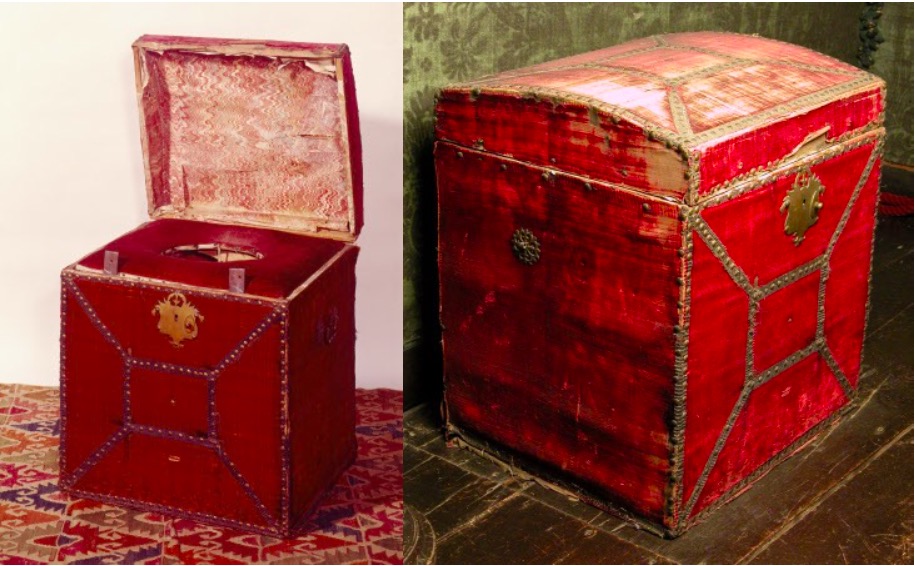
Close stool circa 1660,Pine covered in crimson velvet with brass nails via the Museum of Kent
The ‘stool‘ in the official title “Groom of the King’s Close Stool”, refers to the portable toilet or commode, which would have been nearby to the King/ Queen at all times, along with water, towels and a wash bowl. The “close” implies that it was used in a closed and private room, with the exception of the groom’s presence of course. It was one of the most intimate royal appointments and because it permitted such rare and uninterrupted alone time with the monarch, it also became one of the most coveted. While the groom’s primary duties were to monitor his king’s bowel movements, assist with diet and even organise his schedule around the head of state’s predicted bathroom breaks, he also became a powerful member within the royal court.
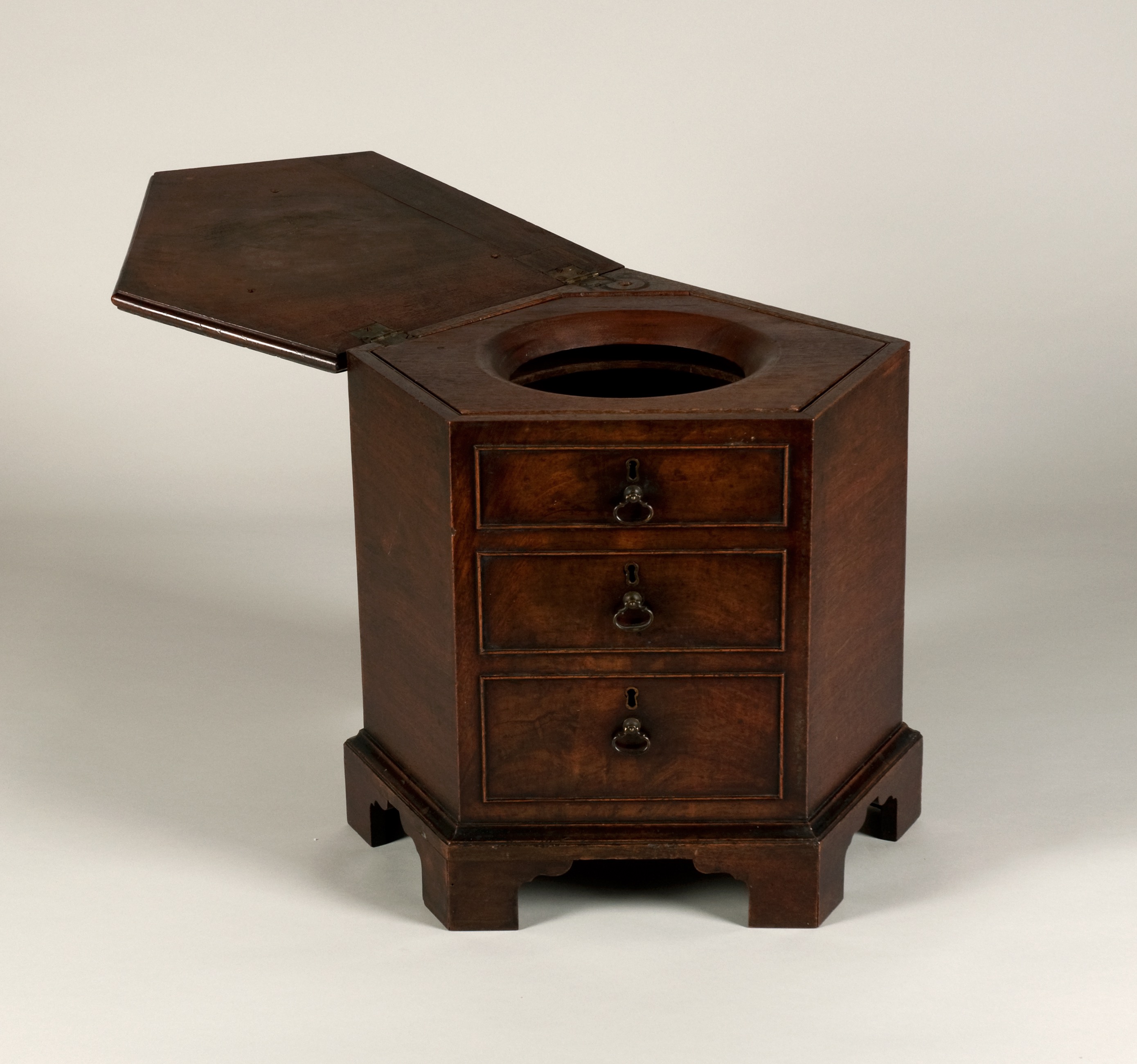
A close stool circa 1750, complete with fake drawers. Source.
The Groom of Stool became a man of secrets– the King’s secrets no less, and that was a power to be both feared and respected. The earliest records of the position date back to the reign of King Henry VII’s, who appointed Hugh Denys of Osterley as his groom. His responsibilities included ensuring that the King maintained an aura of “royal decorum” while sitting on the crapper. (Pardon me, I’m running out of polite synonyms for ‘toilet’ here).

Left: Francis Hastings, 10th Earl of Huntingdon, Groom of Stool to George III; Right: Close stool from the collection at Hampton Court
The closed room had to have proper curtains, washing equipment and assistance would have been needed in undressing. While historians can’t confirm that the office involved intimate bodily cleaning, they suspect that it likely did, primarily to ensure the process was properly performed for the health of the monarch. (Just a reminder that toilet paper wouldn’t yet have been invented at that time). As you can imagine, the King and his Groom of Stool got pretty well-acquainted and developed trust for one another. Henry VIII allegedly confided in his Groom of Stool about his wife Anne of Cleves’ virginity, which he doubted on account of her ‘her brests so slacke’.
All this “locker room talk” evolved into the Groom becoming one of the closest advisers of the king. Even the first recorded Groom of Stool, Hugh Denys ended up running the Privy Chamber and was a vital player in facilitating King’s fiscal policies. He married an aristocratic wife and died owning at least four manors. Queens had their own toilet buddies too of course…
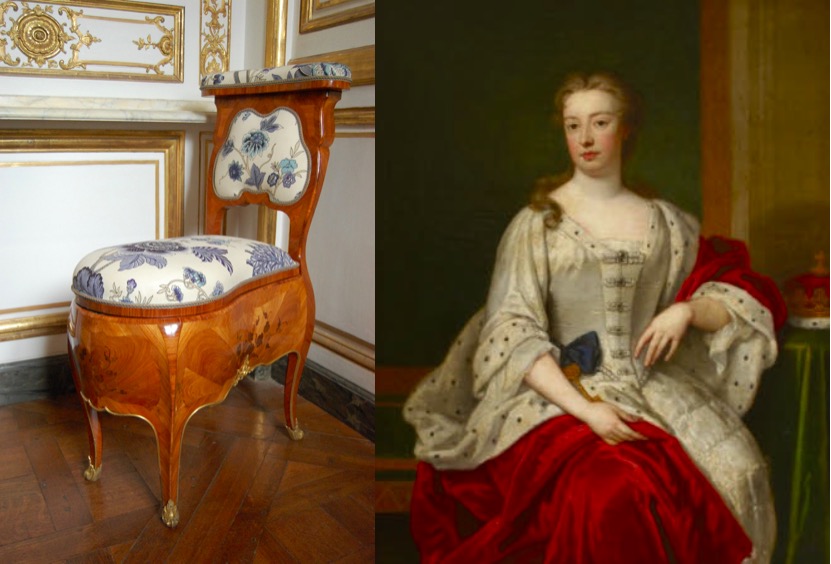
Left: A lady’s closestool on display at Chateau Versailles; Right: Elizabeth Seymour, Duchess of Somerset, groom of stole to Queen Anne
There were a lot of perks to the job which only improved with time. Grooms of Stools became like personal secretaries to the monarchy and resided with them at the palace, living like royalty, dressed in lavish clothes, handling royal finances, all the while holding a job title that implied they were merely still on toilet duty. Under the reign of ‘Mad’ King George III, who went through a total of nine Grooms, John Stuart, 3rd Earl of Bute was first in line for the job. He later went on to become Prime Minister of Great Britain. Talk about getting your job through the backdoor.







